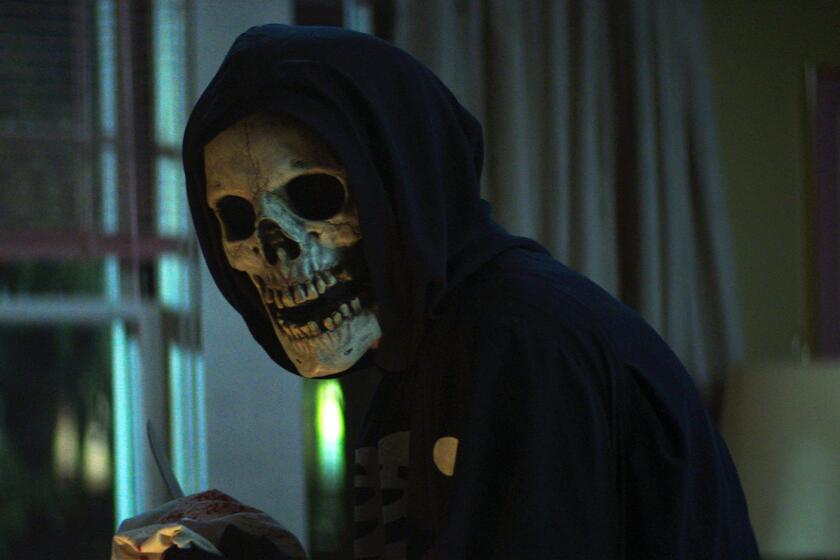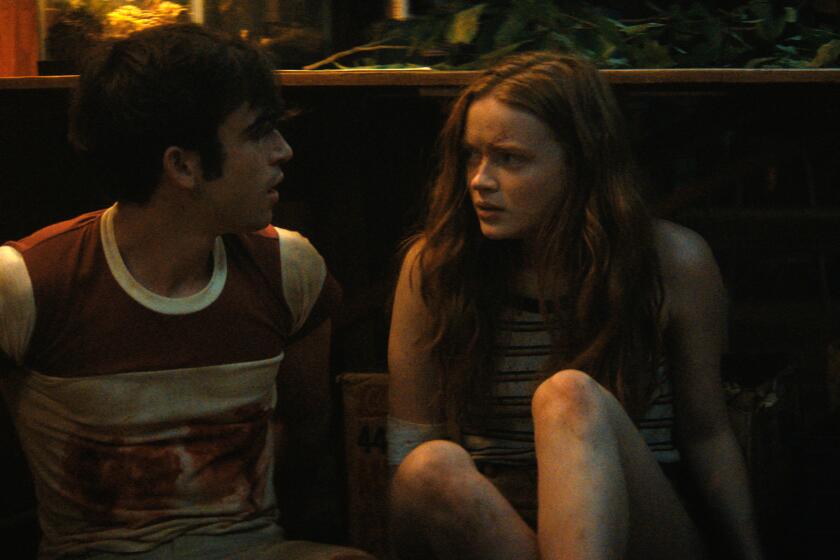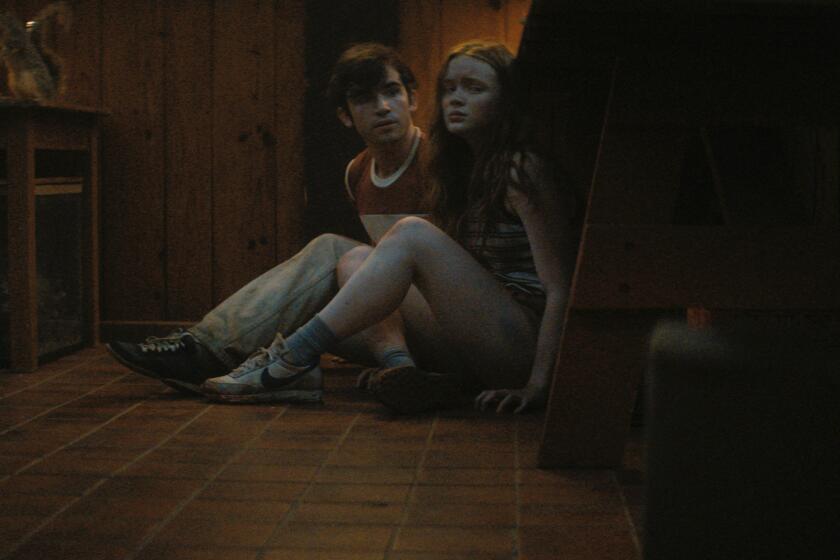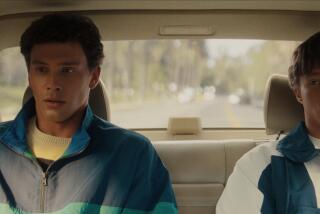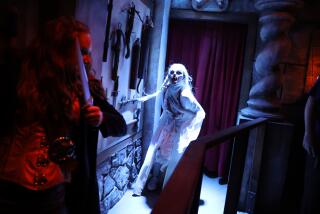The not-so-secret message of Netflixâs âFear Streetâ trilogy: Stop the witch hunt for queer women
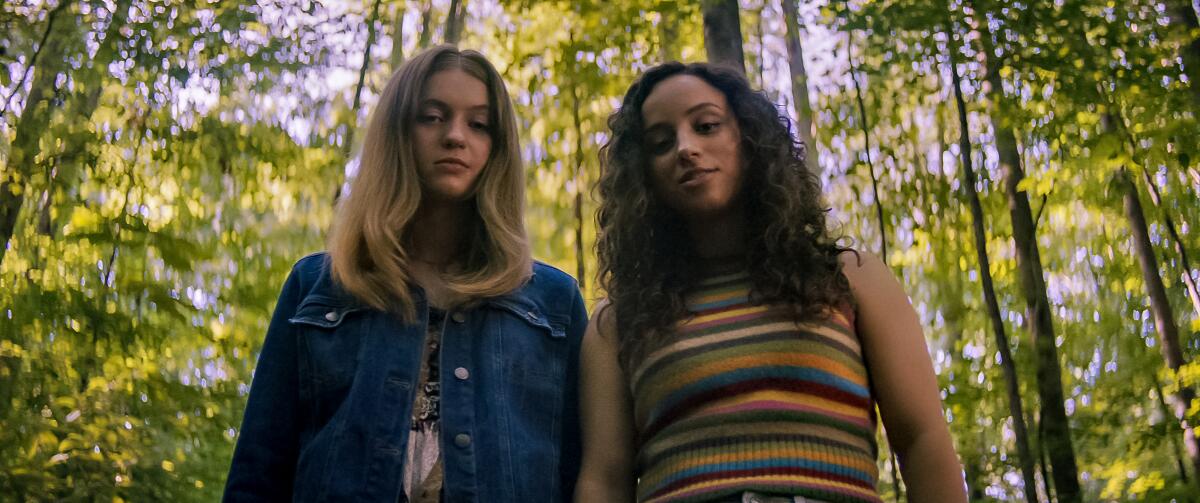
Warning: This article contains spoilers for the entirety of Netflixâs âFear Streetâ trilogy.
While traditional slasher movies often introduce clear-cut villains bent on destruction, there is more than meets the eye when it comes to Netflixâs unconventional âFear Streetâ trilogy.
Each movie serves as a puzzle piece to reveal the truth of the Shadyside curse as well as the history of the legendary witch Sarah Fier. âFear Street: 1994,â âFear Street: 1978,â and âFear Street: 1666â â each directed by Leigh Janiak and starring Kiana Madeira and Olivia Scott Welch in the respective recurring roles of Deena and Sam â follow teens trying to break a generational curse, but the root causes are not as obvious as they may seem.
While a supernatural force turns regular people into killers, the stronger forces haunting the town are bigotry and misogyny.
âFear Street: 1994â is just the first part of a new horror trilogy arriving on Netflix in July. Weâre breaking down the most pressing questions for the next two films to answer.
When the story comes full circle â from a snapshot of queer teen love in 1994 to another in 1666 â one thing becomes clear: the scariest thing for the people of Shadyside is change. And the haunting tale goes beyond deciphering the townâs curse, dispelling the idea that being a queer woman is something to be villainized.
âThe idea that we could tell a story over three different time periods provided this cool opportunity to show mistakes in the past and how those mistakes may be righted ultimately,â Janiak said in an interview last week. âThat was one of the first things that appealed to me.â
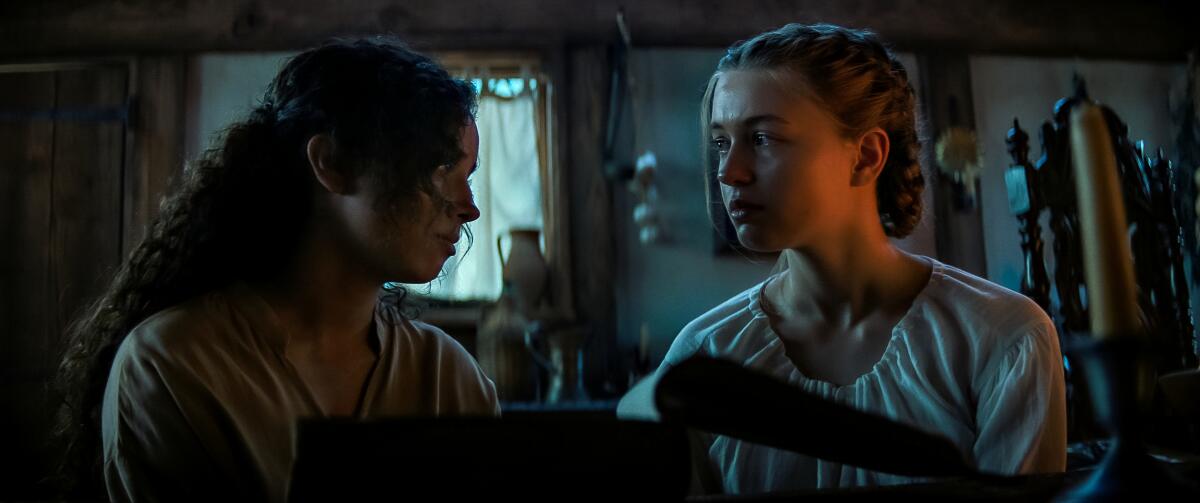
âFear Street: 1978â is the second part of the new horror trilogy arriving on Netflix in July. Weâre breaking down the most pressing questions for the final film to answer.
A fan of classic slasher movies and the âFear Streetâ trilogyâs namesake R.L. Stine young adult books, Janiak wanted to pay homage to genre touchstones such as âScream,â âFriday the 13th,â âHalloween,â âItâ and others.
But she also wanted to bring something new to the genre by âbuilding this narrative around a community of characters that have been marginalized and been told that they are other or less than by the society that they live in,â Janiak said. âTo be able to build it around two queer young women who are still figuring things out in â1994â and ... drawn together in a way that maybe their ancestors were in â1666â seemed very exciting.â
Producer Kori Adelson grew up reading Stineâs books, and wanted to honor them while also adding something unique to the trilogy. She saw an opportunity for âa brand new world of horrorâ through Janiakâs idea to create a âquantum leap effectâ and tell the stories across time.
Their joint vision wasnât just about doing something different, it was about exploring the intersections between history and horror.
The second installment in Netflixâs R.L. Stine trilogy drops: âFear Street Part 2: 1978â â and itâs an improvement over the first.
âThe idea [was] telling a story that mirrored the story of America to us, in the sense that itâs about a community that has been sidelined,â Adelson said. âAnd then they realize that theyâve been told all their lives that theyâre terrible and theyâve internalized that idea.â
Adelson said the films also champion the way marginalized people can tell their own stories â versus the ones that others, often incorrectly, tell for them.
Co-star Welch notes that Deena and Sam are described as both the âvictims and villainsâ of the story, and yet they become the heroes that break the Shadyside curse and save the day. She embraced the many twists her character takes, as Sam becomes possessed near the end of â1994.â
âI feel like [her] journey mirrors where the story is at, and the development of solving this mystery and breaking this curse,â Welch said.
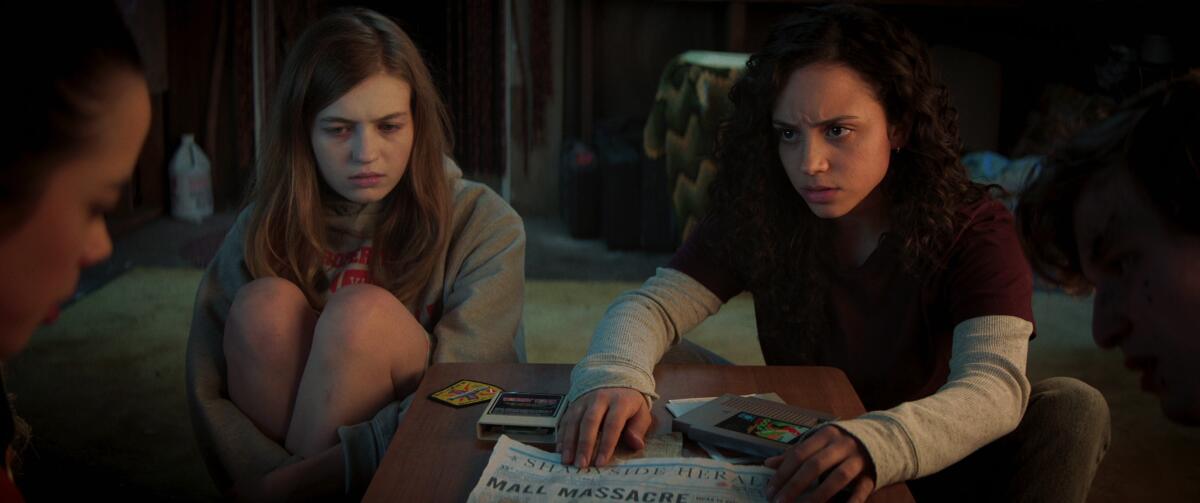
The trilogy becomes a journey of empowerment for its female characters â going from a fate sealed by the actions of men to taking ownership of their own power. As she fights to save Sam, Deena plays an especially notable role in changing the narrative and defying the limitations of a patriarchal society.
âContinuing to push narratives that are progressive and that are coming from a place of love and acceptance is so important,â Madeira said. âAudiences go to the movies to feel â and I feel like when people watch movies, their hearts are opened. I think thatâs the best way to influence change in the right direction.â
Reviews of digital and streaming genre movies including âThe Stylist,â âDementer,â âLucky,â âThe Canyonlands,â âThe Devil Belowâ and âSon.â
Janiak, Adelson, Welch and Madeira are united in calling the âFear Streetâ trilogy effortlessly feminist films. The arc of the series declares that whether situated in a puritanical society or facing down modern-day misogyny, when queer women take a stand, the stakes are always high and the fear of punishment lives on for generations.
âObviously, the entire world of Shadyside is comprised of people that have felt like âothers,ââ Janiak said. âBut for me, it was interesting to kind of think about the intersection of: âWhat does it mean when everyone else is telling me that Iâm not good enough? And then how do I internalize that?â That was one of the interesting things about building Sarahâs character with Kiana in â1666,â itâs like she knows that she is different than what âthe normâ is.â
Horror films such as Mary Shelleyâs classic âFrankensteinâ and others often bring a certain level of queerness to them by exploring the narratives of characters that are âborn differently.â But those âotheredâ characters are labeled as grotesque and inherent outcasts.
In the case of âFear Street,â there is a literal and figurative witch hunt for queer girls â but, in a twist, thereâs a happy ending.
âI think that itâs so important to see this relationship on screen because it is a queer relationship and that is so underrepresented, especially in the horror genre,â Madeira said. âTo see these two women who love each other so deeply and follow their love for each other is refreshing and groundbreaking.â
After years of coming up short in the genre, âFear Streetâ is one horror trilogy that refuses to end a queer romance in tragedy. Instead itâs a tale of triumph.
âI think the movies are very inherently feminist without trying to be in any way, and itâs because theyâre just telling a genuinely authentic female story,â Adelson said. âI love the parallels of the strife of Sam ... finding herself with the parallels of the grandiose-ness of a curse. There is violence against women â in emotional ways and physical ways â paralleled in the story with these very horrific [horror genre] events.â
More to Read
Only good movies
Get the Indie Focus newsletter, Mark Olsen's weekly guide to the world of cinema.
You may occasionally receive promotional content from the Los Angeles Times.
